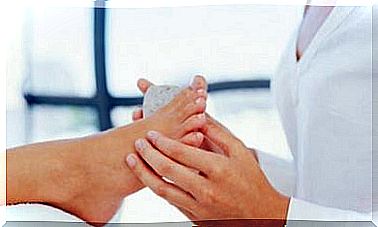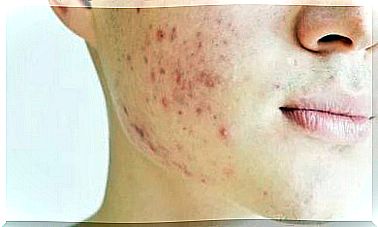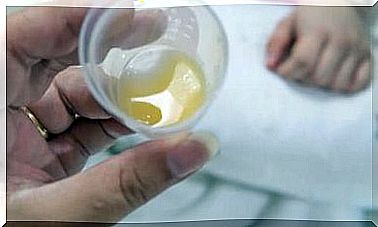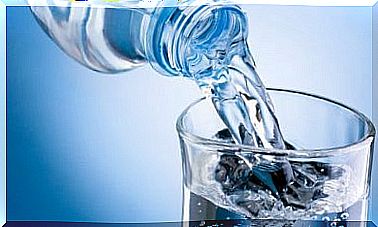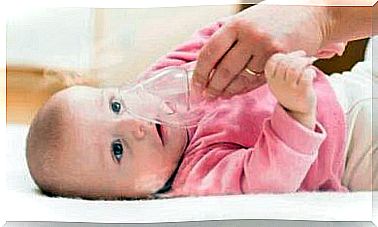Heart And Cardiovascular Disease Does Not Only Affect The Heart
We must not forget that heart disease can affect the entire cardiovascular system and produce complications that can be fatal.

According to the Society for Vascular Surgery of Chicago, United States, heart disease is usually related to a condition known as arteriosclerosis.
So heart disease doesn’t seem to just affect the heart. They can affect the legs, feet, kidneys or brain.
In addition, they experience a slow progression, via a continuous accumulation of plaques that clog the arteries. This causes what is called, in medical terms, peripheral artery disease.
When the arteries become blocked, blood can no longer flow properly. Our body then no longer receives the oxygen it needs.
Heart disease and peripheral artery disease
This peripheral arterial disease is triggered when a heart pathology causes harmful consequences in the feet and legs.
When the blood does not reach the extremities of the body, the feet start to suffer damage which will be difficult to heal. In the most severe cases, this can lead to amputation.
Of all heart disease, peripheral artery disease is one of the most prevalent in the world, including the United States.
- Patients who experience pain when walking should talk to their doctor, so that the latter can prescribe thorough, but non-invasive examinations.
- Typically, these tests consist of measuring blood pressure in the ankles. This is a great way to prevent the onset of posterior complications.
Good habits to prevent heart disease
The best thing you can do to keep arteries and veins healthy is simply to follow some very simple rules of hygiene.
Among the factors that can promote the onset of these diseases are:
- The tobacco
- The stress
- Sedentarism
- A diet high in fat, protein and carbohydrates
On the other hand, regular physical activity is also one of the best prevention methods.
It is essential that patients suffering from cardiovascular diseases are followed by specialists. Only a healthcare professional can assess the risk factors of the case and prescribe the patients treatment for life.
- In the event that non-invasive treatments prove ineffective, doctors usually do a deep cleansing of the blood vessels.
- This is achieved through vascular surgery, which usually relies on clogged artery bypasses.
Heart and cardiovascular disease
Even though these two types of pathologies can be confused, they involve different areas of our body.
- Cardiovascular disease does not only affect the heart, it also affects the entire network of blood vessels in our body.
As we all know, the heart is a powerful muscle that acts like a pump. Its size is about that of a fist. It continuously pumps blood and sends it to all parts of the body through the circulatory system.
Cardiovascular disease and problems don’t come suddenly.
Over time, the arteries that send blood to the heart and brain can become blocked, due to a build-up of cholesterol and fat.
As blood flow is reduced through these blocked arteries, heart attacks can occur.
- Circulatory failure in the brain is usually caused by a blood clot or hemorrhage caused by stroke.
Heart disease in women
Some women think heart disease is more of a male nature. The reality is that they affect women just as badly.
The different types of heart and cardiovascular disease
Arteriosclerosis
This disease results from a hardening and narrowing of the arteries.
As we get older, it is normal for our arteries to harden. However, in patients with arteriosclerosis, the inner walls of the arteries narrow quickly, due to a build-up of plaque.
Brugada syndrome
It is a disease of genetic origin.
It results from an alteration in the genes that are at the origin of the formation of cardiac proteins, which regulate the passage of ions through the cell membrane (ion channels).
The thrombotic thrombocytopenic purpura (TTP) or disease Moschcowitz
This bleeding disorder occurs when the platelets in our immune system are completely destroyed.
These platelets are essential for normal blood clotting.




